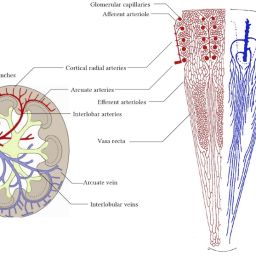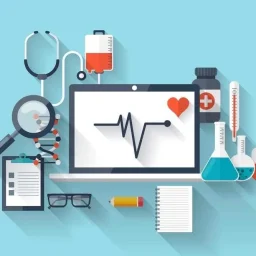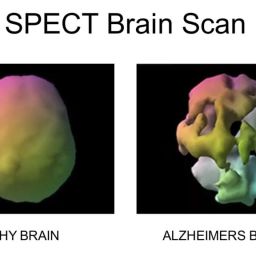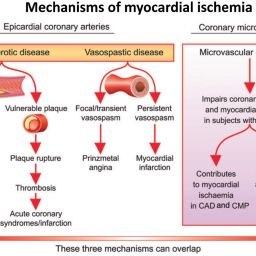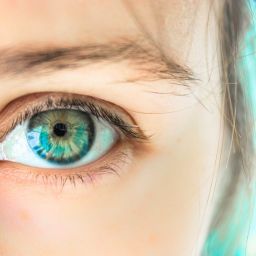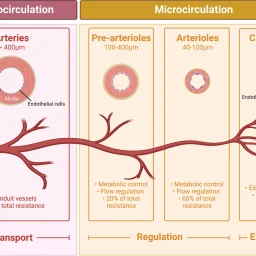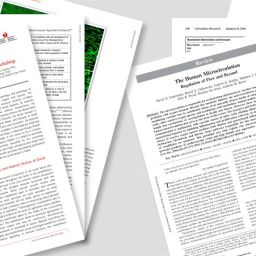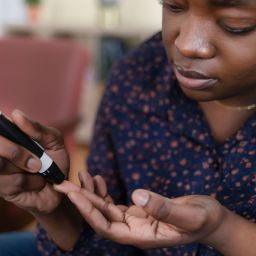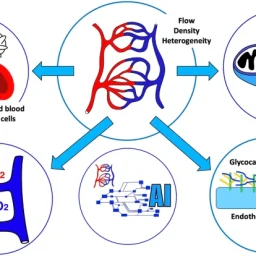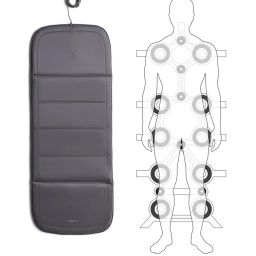
Independent Evaluation of BEMER© Physical Vascular Regulation Therapy
Introduction
Lower limb wounds present a complex challenge due to the nature of chronic ulceration. Wound bed preparation (WBD) and moist wound healing techniques remain the cornerstone of modern wound care. However, treating the underlying cause—impaired microcirculation—is essential for full wound recovery.
Macro-circulation is essential for life, but without adequate micro-circulation, nutrient and waste exchange is compromised. Circulatory disorders can lead to oxygen deprivation and reduced ATP production, impacting cellular energy and function. Improved microcirculation enhances cellular metabolism, nutrient delivery, toxin removal, and self-regulating biological processes.
Aim
This independent evaluation documents the impact of BEMER therapy on wound healing, overall well-being, and microvascular status. BEMER therapy improves cellular performance and facilitates the body’s ability to self-regulate physiological processes by:
- Improving micro and macro circulation
- Strengthening the immune system through increased T-cell release
- Increasing oxygen partial pressure
- Improving blood viscosity
- Enhancing cell metabolism and ion pumping
Patient Cases
- Patient SHO001: diabetic arterial foot ulcer right maleoli
- Patient CRO005: arterial foot ulcer
- Patient DEA001: chronic venous leg ulcer
- Patient BRI002: Raynaud’s syndrome and connective tissue disorder
- Patient KHA001: diabetes, severe oedema, pain, and heart failure
- Patient POT003: venous ulceration
- Patient DEB003: burn wound in diabetic patient
- Patient BEY002: spider bite left hand
Downloadable PDFs
Original evaluation: https://www.microcirc.net/wp-content/uploads/2017/01/BEMER-Information-Woundcare.pdf
Specialist forum PDF: https://vasohometherapy.com/wp-content/uploads/2024/03/BEMER-Information-Woundcare.pdf
Physical Vascular Therapy in Practice – Scientific Evidence and Therapeutic Applications
